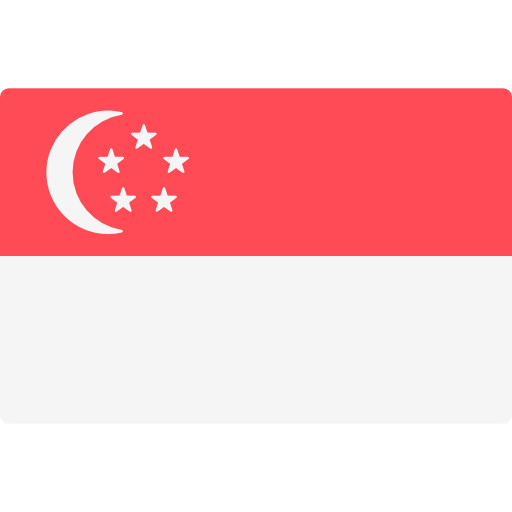European Commission's thinking about the restriction of microplastics intentionally added to products


Europe
European Commission's thinking about the restriction of microplastics intentionally added to products
On 17th October 2023, the European Commission has published its current thinking on the application of the microplastics restriction, (Entry 78 of Annex XVII of REACH), including to plastic glitter on its own and in products.
The prohibition of placing on the market applies as of 17 October 2023 to microplastics including plastic glitter (unless biodegradable or soluble), on their own or intentionally added to products, for uses for which no transitional period is set in the restriction (e.g. art and crafts kits, toys, Christmas decorations, etc..).
Some key points from the European Commission’s thinking as published yesterday:
- Plastic glitter is not affected by the ban if, when used, it is trapped in a solid matrix (e.g. glitter glue), solid films (e.g. paints, inks) or solid objects (e.g. inside jewellery, spray can caps, etc.) or is fully contained (e.g. in snow globes).
- When microplastics, including glitter, are affixed to an article, the scenario is more complex and depends on whether the microplastics can be considered an integral part of that article (and therefore the ban does not apply, because articles are out of scope) or not (in which case the ban applies to the microplastics). As a general rule:
- In case of glittered articles for which the decorative function is secondary - such as textiles used for garments or footwear, glitter is always regarded as an integral part of the article. These glittered articles – e.g.: clothing, shoes, curtains - are out of the scope of the restriction.
- Concerning plastic glitter that is affixed to objects, the sale ban would apply as of 17 October 2023 only to glittered decorative objects (such as - but not limited to - Christmas decorations or toy/party hats) from which glitter detaches during normal use (glitter can only be regarded as an integral part of the article and, therefore, excluded from the ban, if it does not detach from the article during normal end use (including storage))
- At this stage, the Commission is not in a position to recommend a standard test to prove whether glitter detaches during normal end use.
- In order to benefit from the derogation in paragraph 16 of the restriction and continue to be sold, imported products not benefiting from a transitional period under paragraph 6 (e.g. art and craft kits, toys) need to arrive on the customs territory of the EU before 17 October 2023.
The above is the current thinking of the European Commission. It will have to be seen, when the official Q&A guidance about this restriction would be released by the end of the year, how or which method would be recommended to demonstrate that the glitter does not detach during normal use, if any.
For glittered articles to be exempted from this restriction, it is essential to ensure glitter is permanently applied on any type of product so that it is not detached during normal use.
Read the full details of the European Commission’s thinking here.
















































